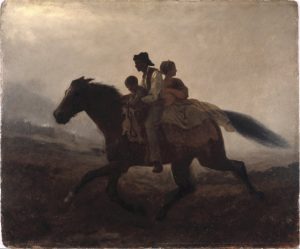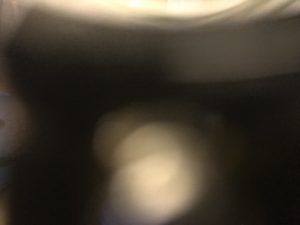
Unit 1 in Art History, was actually a refresher for me. In high school I took a class called Mixed Media where we focused mostly all semester in formal analysis. Although the class was meant to show how to utilize all kinds of materials and color in an art work, it also showed us how with that mixture we could convey the viewer a message. That is what formal analysis is, the visual structure the artist uses in order to give a message to their art piece. The artist decides to use specific lines, colors, shapes, and even material in order for their art to represent and mean something. They shape their art work with visual structure that allows the person viewing it to analyze it by the specific elements shown.
I remember having to use principles of design and elements of design to describe and understand an art work. When looking at a painting everything needs to be taken into consideration. From the materials used, to the color, and the placement of specific objects. Together everything becomes one in order to help the artist make their message visual to the audience. Using negative space, positive space, balance, symmetrical or asymmetrical, it all contributes to the meaning behind the art piece and in this class I began to understand how this even tides down the historical context. Not only is the visual structure important when trying to see and understand an art work but so is the history behind it.
Depending on the time period an art work was created it can also influence the message one is trying to receive. Not only using formal analysis is important, but the time period it was created in or the time period it was created to represented is needed to be taken into consideration. The history behind it can help you understand more why an artist may have chosen to use only black and white or specific shapes or shape sizes. For example in one of the painting we analyzed in class the king in the painting was at the top register and was the biggest person/ object in the painting. This was showing hierarchy and each register was used to show the difference in the social classes and different labor being done in each class. When learning about formal analysis in Unit 1 it refreshed some of the information I had already learned and also made me aware of the historical context and how that also influences the meaning behind the painting.
Lastly, one of the most interesting things I learned in this Unit was about the banking method. Paulo Freire described the banking model as a method where the teacher uses their power to cut students creativity. With this method what teachers are doing is “depositing” the information into a students mind but they fail to realize that a student is just holding on to the information to pass their exams. The students are no longer understanding the information but rather are just remembering it at the moment. This method of teaching is seen as a way of oppressing the student’s opinions and restricting them from contributing to their own learning.
Unit 1 in Art history has been a refresher to my learning, but has also added to the information I already knew. It has also taught me new things and made me understand how to correctly “read” an artwork.









